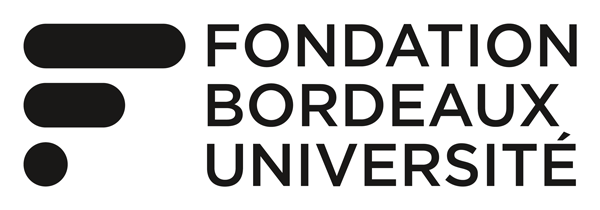Abstract
Bubble-enhanced heating (BEH) can be exploited to increase heating efficiency in treatment of liver tumors with non-invasive high-intensity focused ultrasound (HIFU). The objectives of this study were: (i) to demonstrate the feasibility of increasing the heating efficiency of sonication exploiting BEH in pig liver in vivo using a clinical platform; (ii) to determine the acoustic threshold for such effects with real-time, motion-compensated magnetic resonance-guided thermometry; and (iii) to compare the heating patterns and thermal lesion characteristics resulting from continuous sonication and sonication including a burst pulse. The threshold acoustic power for generation of BEH in pig liver in vivo was determined using sonication of 0.5-s duration (« burst pulse ») under real-time magnetic resonance thermometry. In a second step, experimental sonication composed of a burst pulse followed by continuous sonication (14.5 s) was compared with conventional sonication (15 s) of identical energy (1.8 kJ). Modification of the heating pattern at the targeted region located at a liver depth between 20 and 25 mm required 600-800 acoustic watts. The experimental group exhibited near-spherical heating with 40% mean enhancement of the maximal temperature rise as compared with the conventional sonication group, a mean shift of 7 ± 3.3 mm toward the transducer and reduction of the post-focal temperature increase. Magnetic resonance thermometry can be exploited to control acoustic BEH in vivo in the liver. By use of experimental sonication, more efficient heating can be achieved while protecting tissues located beyond the focal point.
